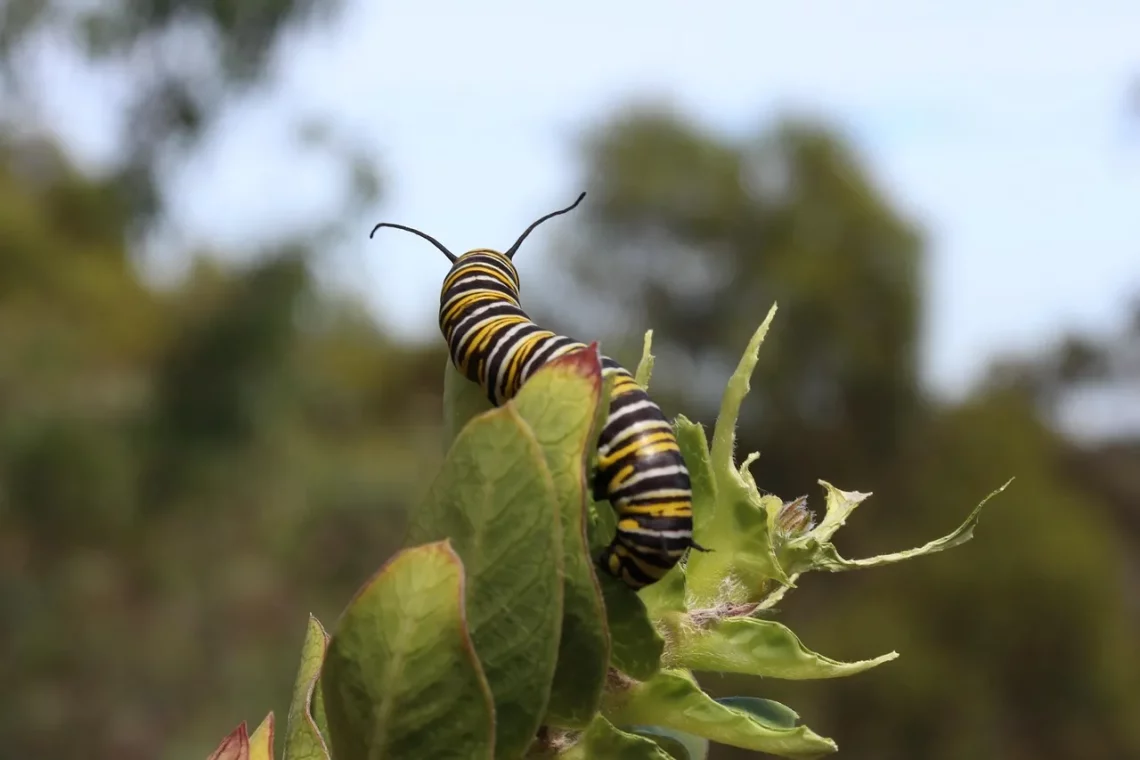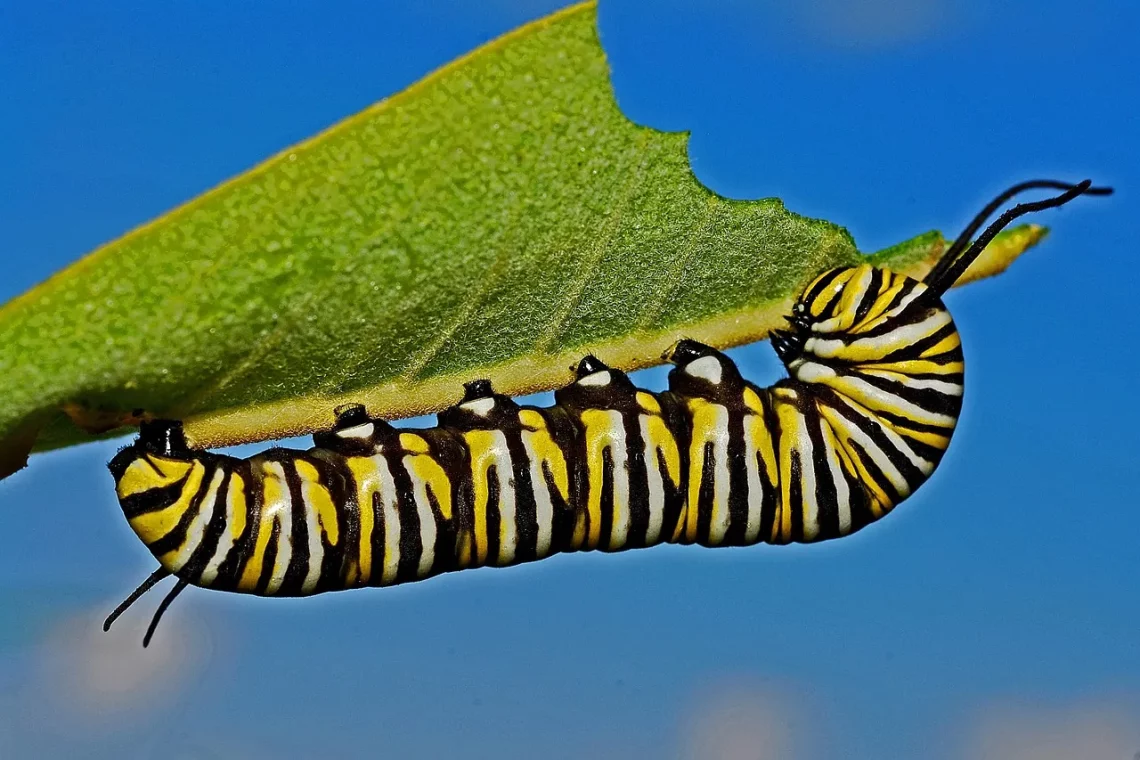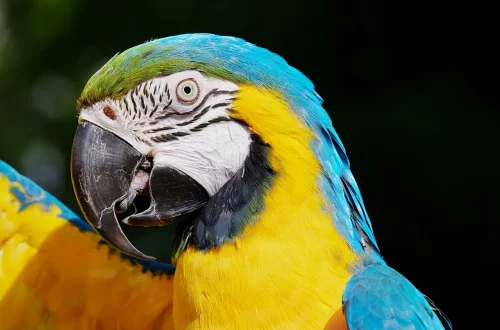-
The Fascinating Life Cycle of the Pumpkin Caterpillar Explained
The fascinating life cycle of the pumpkin caterpillar is a subject that captivates both entomologists and nature enthusiasts alike. This remarkable insect, scientifically known as the Cucullia convexipennis, is closely associated with the pumpkin plant and is a key player in the ecosystem. Understanding its life cycle not only enlightens us about this specific caterpillar but also sheds light on the broader ecological relationships that exist within our gardens and agricultural lands. From egg to adult, the pumpkin caterpillar undergoes a series of transformative stages that illustrate the complexity of nature’s design. Each phase of its life is intricately linked to environmental factors such as temperature, humidity, and the availability…
-
The Fascinating Life Cycle of the Pumpkin Caterpillar Explained
The pumpkin caterpillar, known scientifically as the *Cucullia convexipennis*, is a fascinating creature that captivates both entomologists and garden enthusiasts alike. This unique insect is often associated with the fall season, particularly due to its connection with pumpkins and other gourds. As an essential part of the ecosystem, the pumpkin caterpillar plays a significant role in the food chain, serving as both a pollinator and a food source for various birds and other predators. Its life cycle is a remarkable journey of transformation and adaptation that not only highlights the beauty of nature but also serves as a reminder of the delicate balance within ecosystems. Understanding the pumpkin caterpillar’s life…
-
Understanding the Fascinating Features of a Caterpillar Nose
Caterpillars, the larval stage of butterflies and moths, often captivate the imagination with their vibrant colors and peculiar appearances. While most people are familiar with their transformation into beautiful winged creatures, the intricate details of their anatomy often go unnoticed. One of the most fascinating features of caterpillars is their nose, or more accurately, the structures that serve a similar purpose. Understanding how these organisms function and interact with their environment can provide insight into their survival strategies and evolutionary adaptations. Caterpillars’ ability to thrive in diverse habitats is intricately linked to their sensory mechanisms, including their nose-like structures. These sensory organs are not only pivotal for locating food but…











